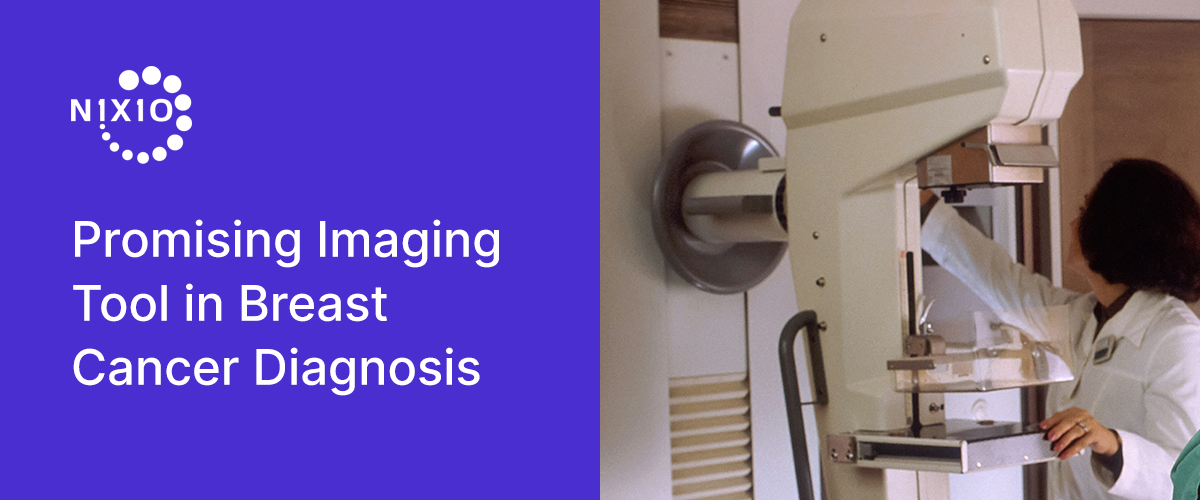March 2024 | George M. Pikler, M.D., Ph.D., FACP, Lead Oncology Advocate N1X10
Mammography is known to be an effective screening tool for the early detection of breast cancer. Its sensitivity, however, is reduced by a masking effect in patients with overlying dense fibroglandular tissue. Since almost 50% of the screening population has dense breasts, many of these patients may require additional breast imaging, often with magnetic resonance imaging (MRI), following mammography.
New breast cancer screening strategies to overcome the dense tissue–related limitation of mammography have highlighted the importance of additional imaging modalities whose diagnostic performance remains unaffected by breast density, including MRI, contrast-enhanced mammography, and molecular breast imaging (MBI).
A recent Canadian study investigated the feasibility of low-dose positron emission mammography (PEM) designed to deliver a radiation dose comparable to that of traditional mammography without the need for breast compression, which can often be uncomfortable for patients.
In their study, 25 patients (median age, 52 years; range, 32–85 years) were assigned independently of breast density, tumor size, and histopathologic cancer subtype to undergo low-dose PEM with up to 185 MBq of fluorine 18–labeled fluorodeoxyglucose (18F-FDG). Concurrent breast MRI studies were done. Two breast radiologists then reviewed the low-dose PEM images taken 1 and 4 hours following F-18 FDG injection and correlated the findings with histopathologic results. Detection accuracy and participant details were examined using logistic regression and summary statistics, and a comparative analysis assessed the efficacy of PEM and MRI additional lesions detection. The researchers found that low-dose PEM displayed comparable performance to MRI, identifying 96% (n = 24/25) invasive tumors. While not significant, PEM detected fewer false-positive additional lesions compared with MRI.
According to Vivianne Freitas, MD, MSc, the lead study author, while the full integration of this imaging method into clinical practice is yet to be confirmed, the preliminary findings of this research are promising and represent a step forward in making this low-dose PEM system a promising imaging tool in breast cancer diagnosis. Large-scale clinical trials are also needed to consolidate the preliminary findings.


